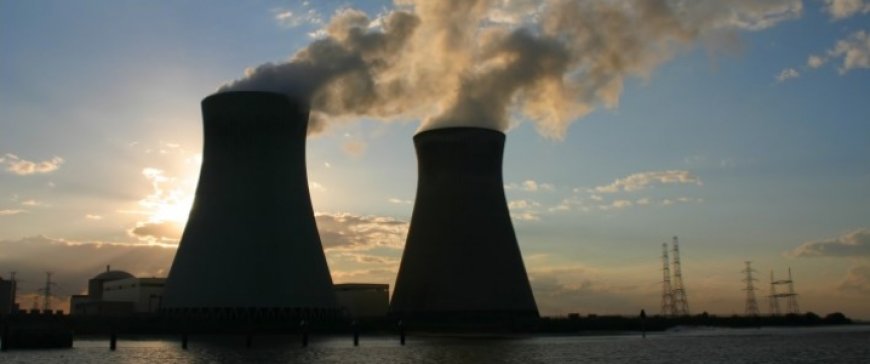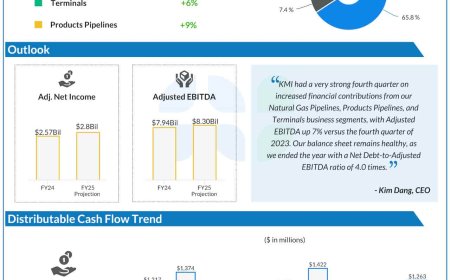Workers Seek Shelter As Hanford Nuclear Complex Issues Leak Alert
Workers at the Hanford nuclear site were ordered to take cover on Friday after a large holding tank with ammonia vapor was discovered to be leaking near the vitrification plant in the 200 East Area. Workers in that area were told to shelter in place with doors, windows and ventilation closed while other workers were told to avoid the 200 East Area. The Hanford Site is a decommissioned nuclear production complex operated by the United States federal government on the Columbia River in Benton County in the U.S. state of Washington The 200 East Area has a vitrification plant, built and commissioned to treat the tank waste for disposal. The waste was left from the past production of plutonium from World War II through the Cold War for America’s nuclear weapons program. Today, there are 177 underground storage tanks on the Hanford Site, holding about 56 million gallons of highly radioactive and chemically hazardous waste. The Hanford incident highlights the ongoing challenges of dealing with nuclear waste. Currently, there are thousands of metric tons of used solid fuel from nuclear power plants worldwide and millions of liters of radioactive liquid waste from weapons production sitting in temporary storage containers, some of which have begun leaking their toxic contents. Nuclear waste is notorious for the fact that it can remain dangerously radioactive for many thousands of years. Thankfully, the world is now closer to finding a permanent solution to its nuclear menace: Finland has built the world’s first deep-earth repository where it will bury nuclear waste for 100,000 years starting 2026. Dubbed ‘‘Onkalo’’, the repository is entombed in a bedrock more than 400 meters below the forests of southwest Finland. The facility sits atop a warren of tunnels sited next to three nuclear reactors on the island of Olkiluoto, approximately 240 kilometers from the capital of Helsinki. The Onkalo project is based on the so-called “KBS-3” method developed by the Swedish Nuclear Fuel and Waste Management Company. KBS-3 is based on a multi-barrier principle whereby if one of the engineered barriers were to fail, the isolation of the radioactive waste is not compromised. “Basically, the Onkalo project is that we are building an encapsulation plant and disposal facility for spent fuel. And it’s not temporary, it’s for good,” Pasi Tuohimaa, head of communications for Posiva, told CNBC via videoconference. Posiva is tasked with the responsibility of handling the final disposal of spent nuclear fuel rods at Onkalo. By Alex Kimani for Oilprice.com

Workers at the Hanford nuclear site were ordered to take cover on Friday after a large holding tank with ammonia vapor was discovered to be leaking near the vitrification plant in the 200 East Area. Workers in that area were told to shelter in place with doors, windows and ventilation closed while other workers were told to avoid the 200 East Area. The Hanford Site is a decommissioned nuclear production complex operated by the United States federal government on the Columbia River in Benton County in the U.S. state of Washington
The 200 East Area has a vitrification plant, built and commissioned to treat the tank waste for disposal. The waste was left from the past production of plutonium from World War II through the Cold War for America’s nuclear weapons program. Today, there are 177 underground storage tanks on the Hanford Site, holding about 56 million gallons of highly radioactive and chemically hazardous waste.
The Hanford incident highlights the ongoing challenges of dealing with nuclear waste. Currently, there are thousands of metric tons of used solid fuel from nuclear power plants worldwide and millions of liters of radioactive liquid waste from weapons production sitting in temporary storage containers, some of which have begun leaking their toxic contents. Nuclear waste is notorious for the fact that it can remain dangerously radioactive for many thousands of years.
Thankfully, the world is now closer to finding a permanent solution to its nuclear menace: Finland has built the world’s first deep-earth repository where it will bury nuclear waste for 100,000 years starting 2026. Dubbed ‘‘Onkalo’’, the repository is entombed in a bedrock more than 400 meters below the forests of southwest Finland. The facility sits atop a warren of tunnels sited next to three nuclear reactors on the island of Olkiluoto, approximately 240 kilometers from the capital of Helsinki. The Onkalo project is based on the so-called “KBS-3” method developed by the Swedish Nuclear Fuel and Waste Management Company. KBS-3 is based on a multi-barrier principle whereby if one of the engineered barriers were to fail, the isolation of the radioactive waste is not compromised.
“Basically, the Onkalo project is that we are building an encapsulation plant and disposal facility for spent fuel. And it’s not temporary, it’s for good,” Pasi Tuohimaa, head of communications for Posiva, told CNBC via videoconference. Posiva is tasked with the responsibility of handling the final disposal of spent nuclear fuel rods at Onkalo.
By Alex Kimani for Oilprice.com











































